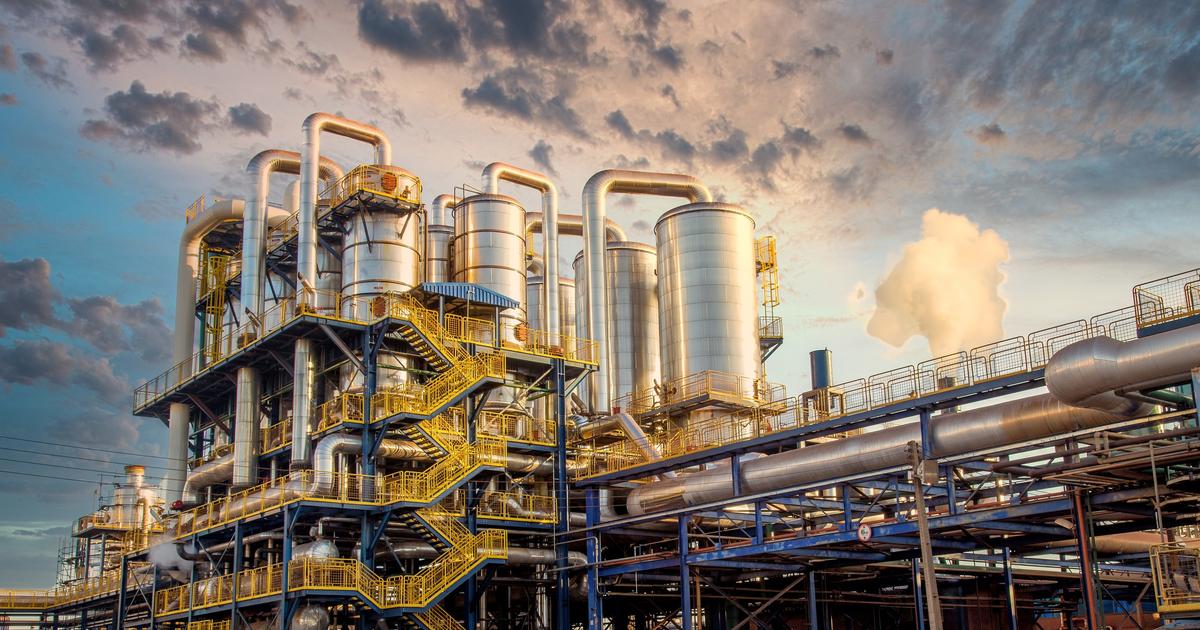Maxence Cordiez is an engineer in the energy sector.
Achieving carbon neutrality in order to contain climate change within bearable limits requires, in addition to developing low-carbon energies to replace fossil fuels, to save energy.
Two major voluntary levers exist for this purpose: sobriety which covers concessions aiming to consume less (no longer taking the plane or heating your home less, for example) and efficiency which refers to technical progress making it possible to reduce fuel consumption. '' unchanged service (a bulb of today consumes less than a bulb of 30 years ago, with equivalent lighting).
The lack of effort required by efficiency improvements make this tool particularly attractive, to such an extent that public policies tend to consider only this single means of reducing energy consumption.
However, progress in efficiency has several limits that prevent it from being seen as a sufficient solution to meet climate challenges.
Any physical system, and in particular thermodynamics, has an efficiency which is physically limited by what is called the theoretical efficiency, a value which can be calculated and beyond which it is impossible to go.
William Stanley Jevons noted that the transition to a more efficient model of steam engine had led to an increase in total coal consumption.
New technology usually starts out with poor performance, such as automobile engines at the start of the 20th century.
Then the technique is perfected and the efficiency improves until it approaches the theoretical yield.
The closer you get to it, the more significant effort is required to achieve marginal efficiency gains.
For example, today the efficiency improvements of heat engines (close to theoretical efficiencies) no longer make it possible to compensate for the heavier vehicles and the deterioration of their aerodynamics induced by the SUV fashion.
As a result, since 2016 the CO2 emissions per km of cars have increased in Europe.
The more efficient a system, the less expensive the unit service is… Its increased accessibility stimulates its use and the total energy consumption is thereby increased.
This paradox, also known as the “rebound effect”, was enunciated as early as 1865 by William Stanley Jevons in his book
On the Question of Coal
.
The author noted that the transition to a more efficient model of steam engine had led to an increase in total coal consumption.
This effect can be seen everywhere, from the democratization of cars to air travel, including smartphones, whose energy efficiency and material consumption have allowed the market to explode.
It is essential to be aware of this rebound effect because if we make the mistake of seeing energy efficiency as an end in itself, we risk increasing energy consumption in practice, due to the Jevons paradox.
In order for efficiency improvements not to lead to this effect which is certainly favorable to economic growth but harmful in terms of climate, efficiency should be seen as one means (among others) of achieving carbon neutrality and not not an end in itself.
We can thus anticipate the expected rebound effects of improved efficiency (during the electrification of mobility, for example) and take measures to prevent them from leading to a general increase in use.
Improvements in efficiency often imply an increase in the level of complexity which affects the recyclability of components.
Improvements in efficiency often involve an increase in the level of complexity, easily visible if we compare a car engine of the last century with a current engine, controlled by an on-board computer.
This increase in the degree of complexity impairs the recyclability of the components.
For example, to lighten a car requires the use of many different alloys, the various constituent elements of which cannot be recovered once the vehicle has reached the end of its life.
Ditto for a smartphone containing most of the elements of the periodic table in infinitesimal quantities, far too low to be recoverable at an acceptable energy cost (with the exception of precious metals and those present in large quantities such as in the battery).
There is therefore a complex choice to be made on a case-by-case basis between the efficiency and recyclability of the systems, any progress on one being able to lead to concessions on the other.
Read also:
Will the hydrogen sector really green European electricity?
Energy efficiency is a necessary tool for the energy transition, presenting significant potential in certain sectors such as the building sector to reduce losses (insulation). However, it is important to be aware of its limits: theoretical yields prohibiting unlimited progress in efficiency, trade-off with recyclability and above all taking into account the rebound effects which transform unit economies into an increase in general consumption. For efficiency to make an optimal contribution to achieving carbon neutrality, it must be seen as a tool - endowed with qualities but also flaws - and not as an objective in itself.















